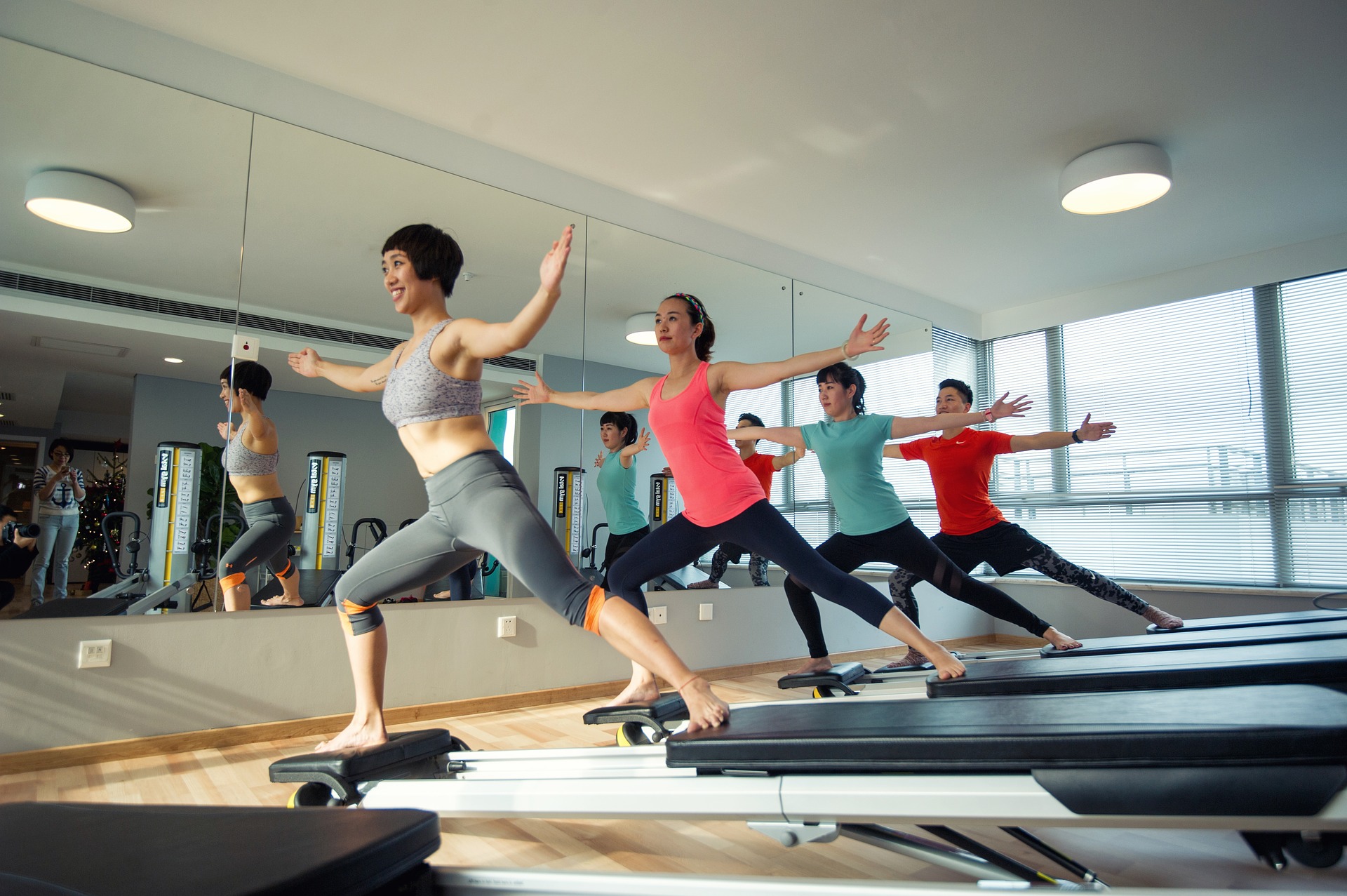How can Pilates improve balance and control?
Balance is important.
Everything we do in our daily lives relies heavily on our balance. From early childhood to our later years of life, balance control is necessary for our everyday activities, from sedentary tasks such as sitting in a chair to walking, and more dynamic tasks such as riding a bike.
What is balance?
Balance is a complicated process involving the integration of the sensory system, the musculoskeletal system, and the nervous system in order to produce adequate muscle activity to maintain a controlled, upright posture. Activities that train balance and enhance proprioception can stimulate the vestibular system that is involved in our sense of balance. The vestibular system gathers information from the inner ear, eyes and brain to tell us the position of our head, how fast we are going and in what direction are we moving.
Balance process relies on the interaction of 3 major components:
- Trauma
- Repetitive overhead movements
Within the shoulder girdle, the muscles of the rotator cuff should glide smoothly beneath acromion. With overhead arm movement, this subacromial space narrows and when this happens repetitively, the friction between the structures can become inflamed causing pain.
Types of shoulder impingement:
- Combinations of orientation information from vision, vestibular and theproprioceptive (somatosensory) systems.
- Motor reactions coordinated among muscles of the feet, legs and trunk.
- The brain’s ability to integrate the above sensory and processes and to adaptivelymodify these processes in response to changes in the environment.
In order to function effectively we require both static (the ability to maintain positionagainst gravity) and dynamic balance (the ability to prepare or adjust during movement).
It has been well documented that postural dysfunctions, loss of stability and balance control are some of the consequences of age-related musculoskeletal changes that occur over our lifespan. As we age, these functions will start to degenerate.
Our balance will start to deteriorate unless it is actively trained through balance challenging exercises.
Balance impairments and muscular weakness are the highest risk factors for falls. Falls are a huge problem in the over 65 age group. Falls and fractures in people aged 65 and above account for millions of hospital bed days each year in the world. After a fall, an older person has a 50% probability of having their mobility seriously impaired.
Countries across the world have recognized this as a serious public health problem and are proceeding with various prevention programs.
How can Pilates minimise these changes?
Pilates exercise enhances static balance ability through organic activation of the deep muscles of the trunk.
Core strengthening is, a description of the muscular control required around the lumbar spine to maintain functional stability. To develop core strength, individuals need to involve all those forces. Core competency exercises often involve balance as well and, therefore,demand the efforts of many muscles to work synergistically. Many Pilates exercises aim to integrate all these qualities and therefore the focus is as a neurological exercise rather than developing absolute strength.
It has been shown that both Pilates and traditional balance programs are effective at improving balance measures in older adults with fall risk, with the Pilates group showing improved balance confidence.In addition, it had been found that balance improved after a 5-weeks Pilates intervention program and it was maintained for a year with ongoing participation.
As a conclusion: a tailored exercise program help improve balance and hence reduce falls,specifically exercises that challenge balance and improve strength through resistance training and exercise in a standing position and on unstable surfaces. Research has shown that individuals may benefit from Pilates-based exercises that are integrated into traditional resistance and balance training programs. Pilates exercise specifically increase trunk muscular strength and it is the strengthening of the core and control which allow for enhanced static and dynamic balance control.
Written By: Shlomit Sorek, Rehab Therapist
Image credit: Pixabay, UptownFitness

